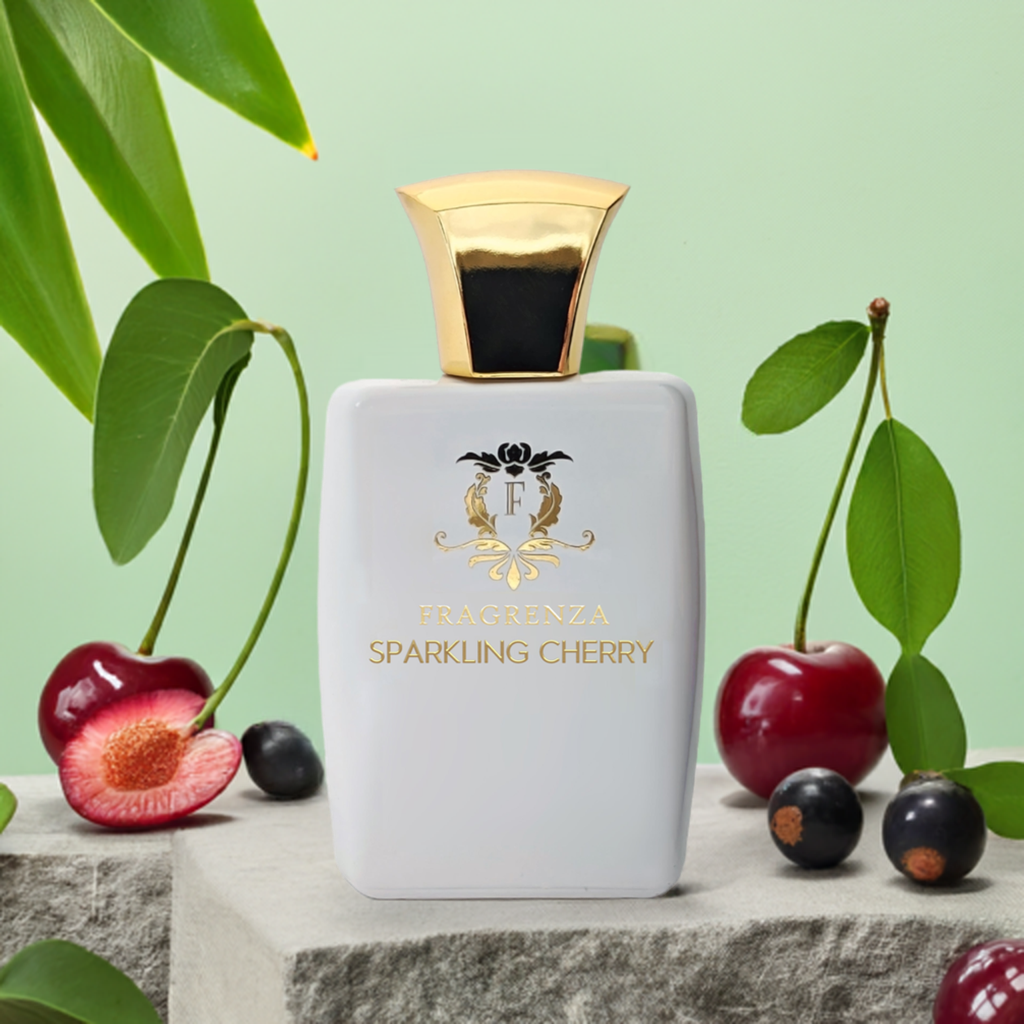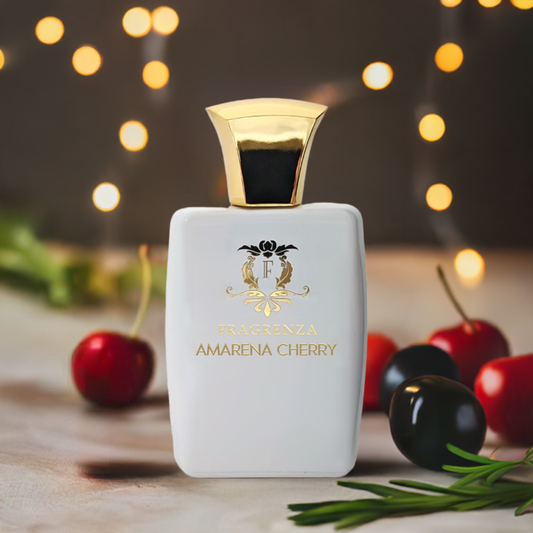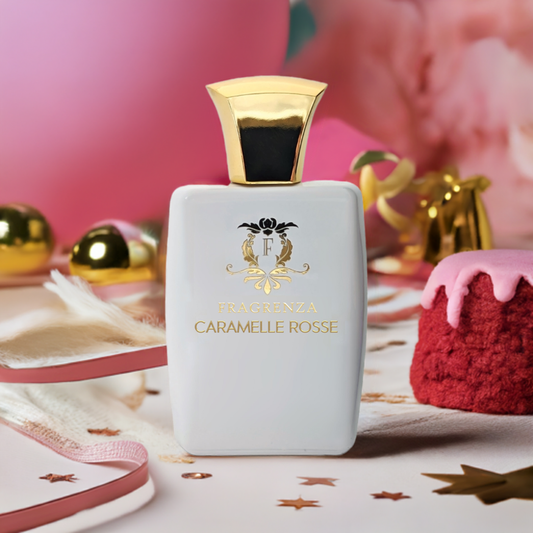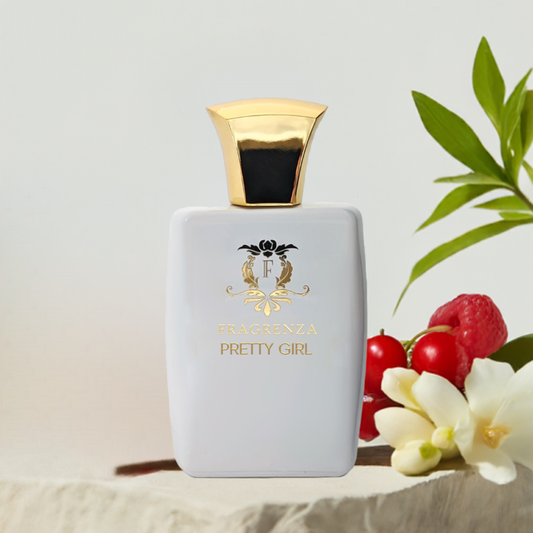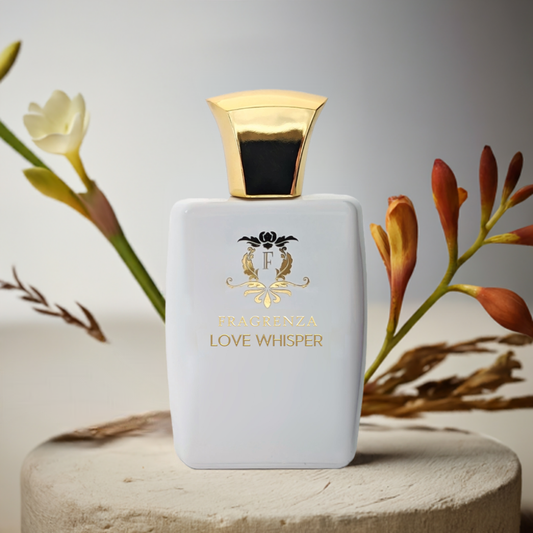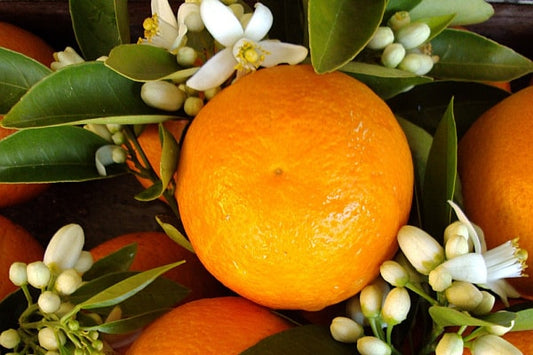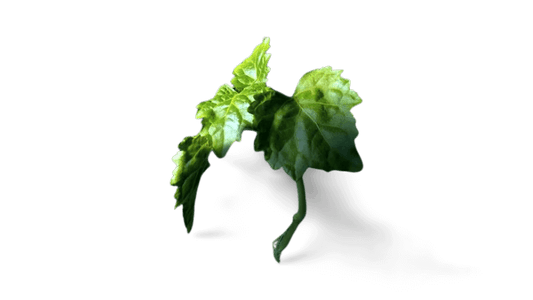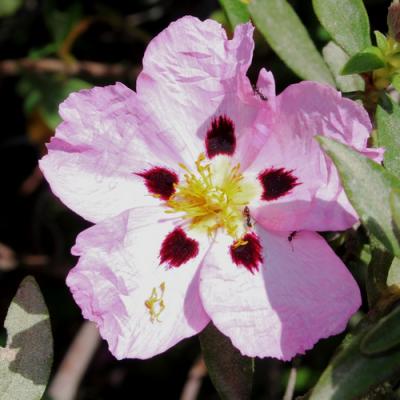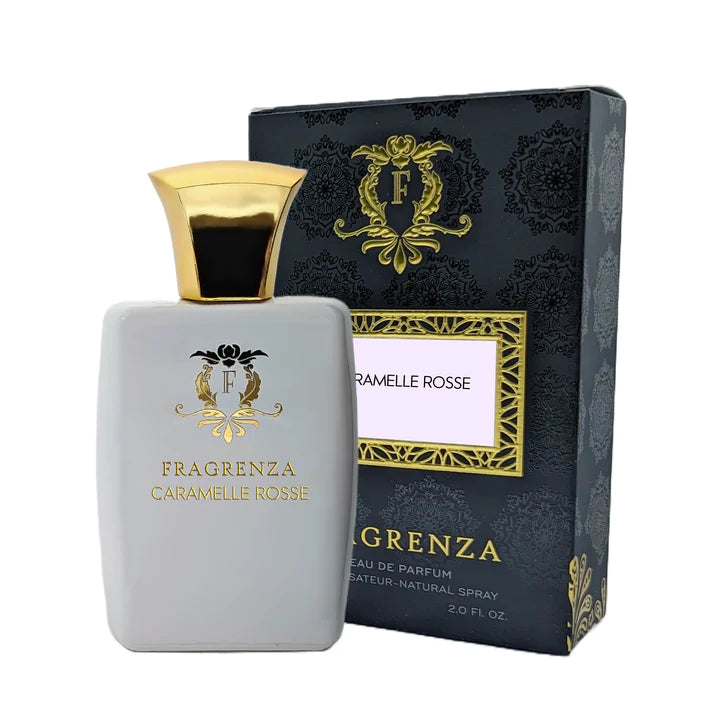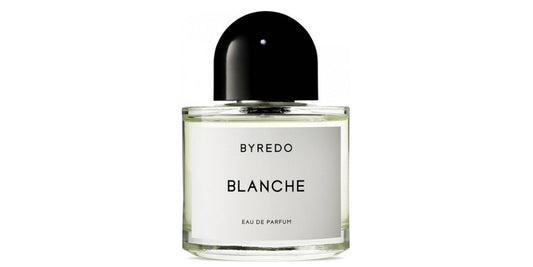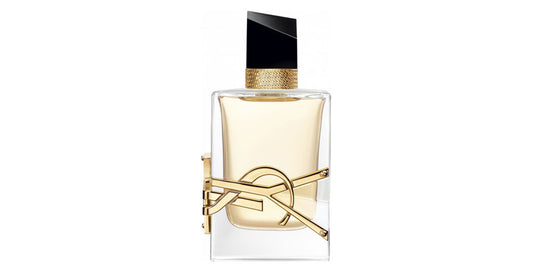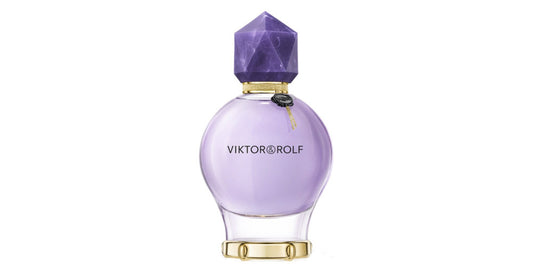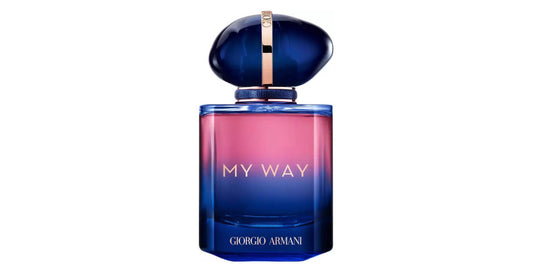Redcurrant in perfumery
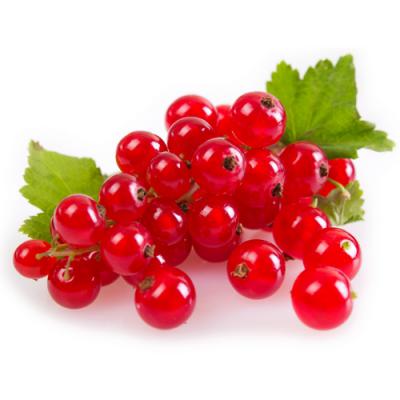
In This Article
The History and Characteristics of Gooseberries
Gooseberries are small fruits produced by the currant shrub, which grows to about 1.50 meters in height. The shrub features naturally arched branches and three-lobed green leaves with serrated edges. The fruit, initially green and slightly translucent, turns an autumnal red when ripe, with a diameter of about 8 to 10 mm. As the fruit ripens, the shrub's leaves turn yellow. Native to Asia and North America, gooseberries first appeared in French gardens in the 12th century, spreading throughout the country from their introduction in Lorraine. Since the Middle Ages, France has cultivated gooseberries, which are used in a variety of desserts, jellies, and jams.
The town of Bar-le-Duc in Lorraine has been the center of gooseberry production and is internationally renowned for its seedless gooseberry jam. The jam-making process involves delicately seeding the berries with a finely beveled quill pen, preserving the fruit's fragile consistency before cooking. Gooseberries also offer numerous health benefits, including skin renewal, low calorie content, high vitamin C levels comparable to certain citrus fruits, and a high fiber content that aids digestion and supports sensitive intestines.
Gooseberries in Perfumery
Redcurrants, a close relative of blackcurrants, are frequently used by perfumers. Interestingly, in Brittany, redcurrants are called "blackcurrants" while blackcurrants are referred to as "blackberries." However, the scent of currants cannot be extracted directly, and perfumers must recreate it synthetically. Redcurrants are prized in perfumery for their fruity, tangy, and invigorating qualities. Often paired with floral notes, redcurrant scents are typically found in feminine fragrance compositions.
Many contemporary perfumes contain redcurrant as an ingredient, with Guerlain's Grosellina being a notable example that pays homage to the fruit.
Fun Facts About Gooseberries
- Gooseberries are sometimes called "fayberries" because of the ancient belief that fairies used the shrubs to hide from danger.
- Gooseberries come in various colors, including green, yellow, red, and purple, depending on the variety.
- Gooseberries can be eaten raw or cooked and are commonly used in desserts, sauces, and jams.
- The gooseberry's name is thought to have originated from the Dutch word "kruisbes" or the German word "Krausbeere," both of which mean "crisp berry."
